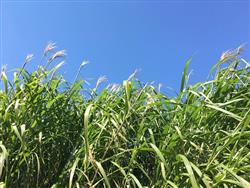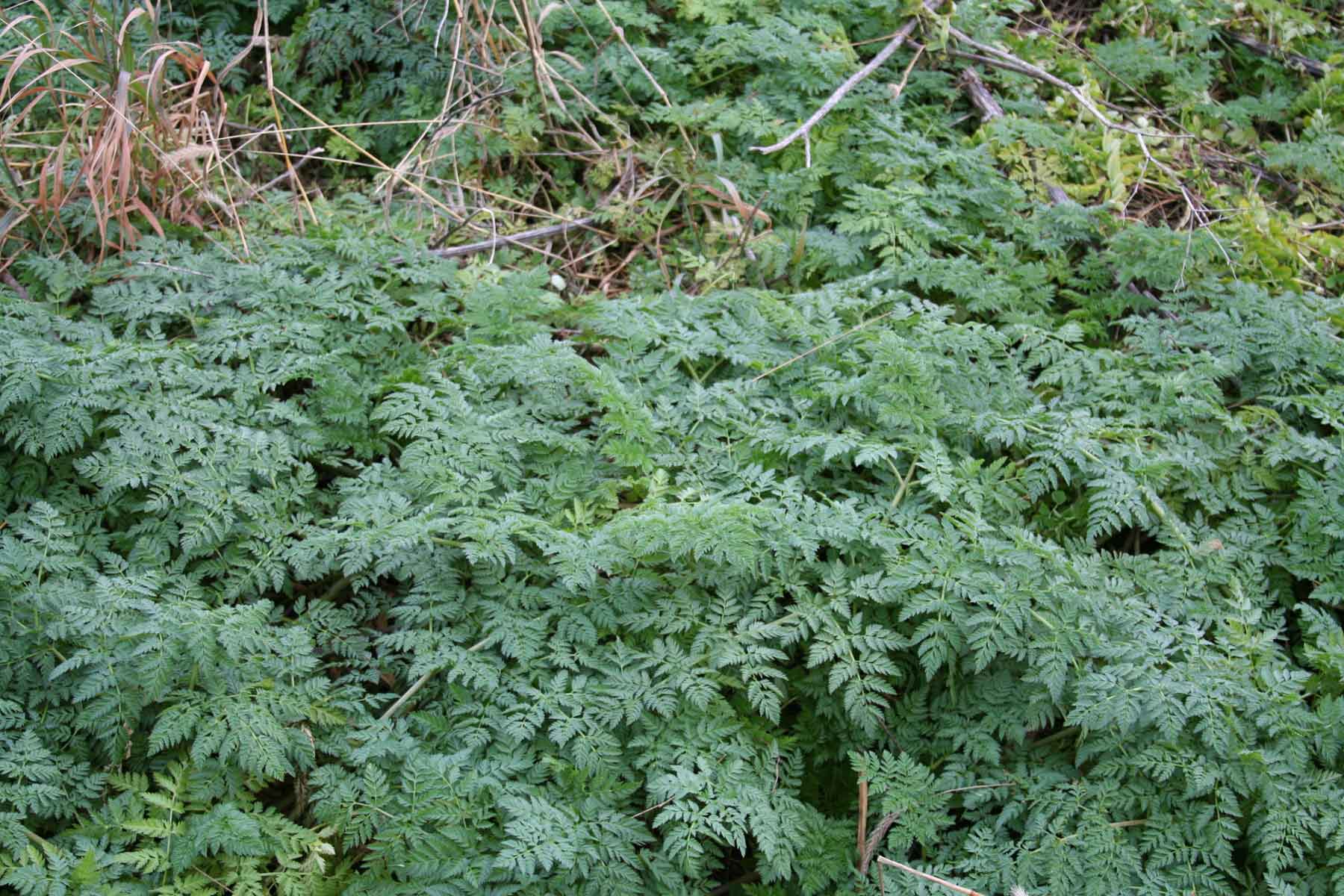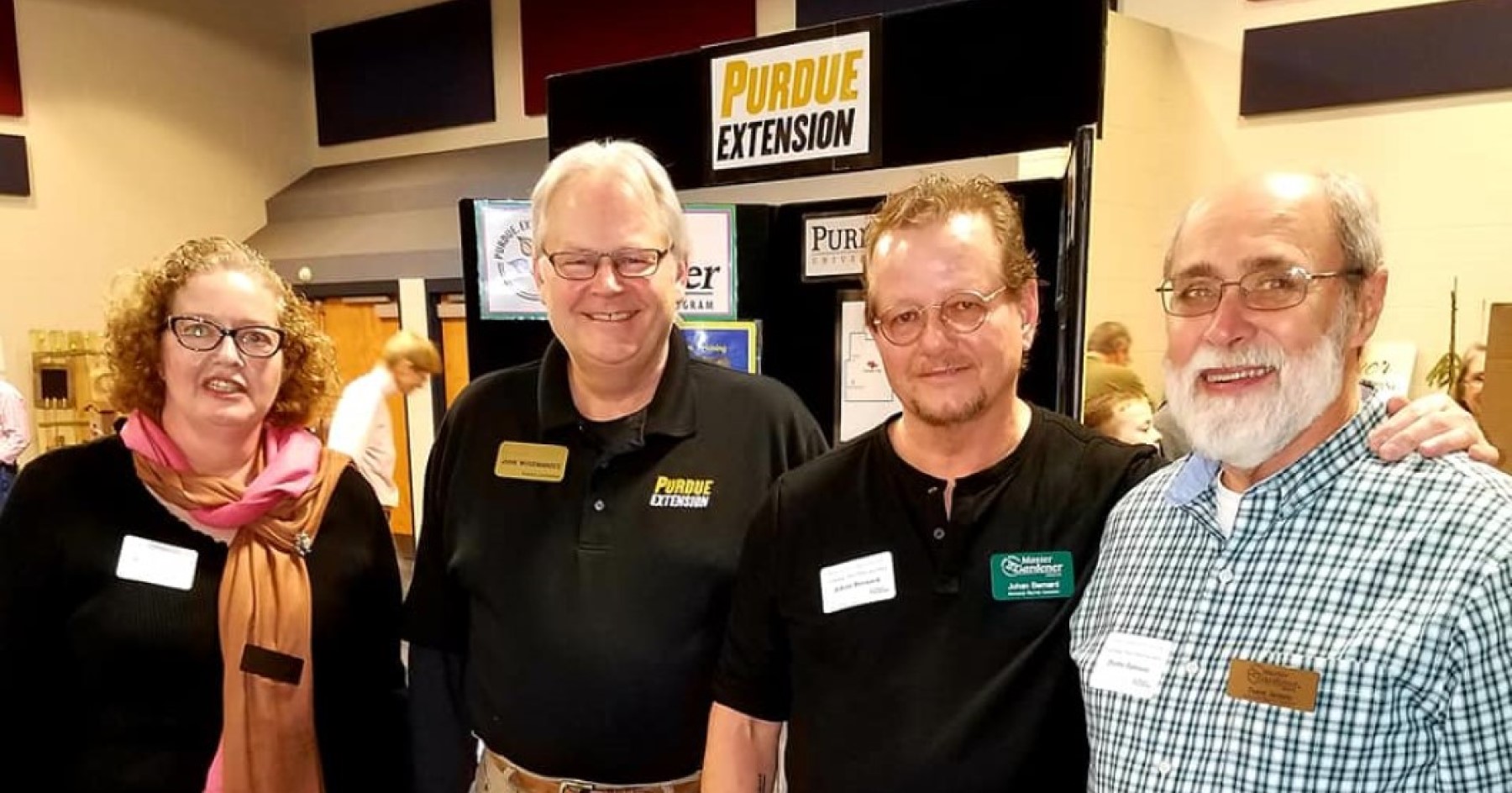Knee High by the 4th of July

There was a time when the 4th of July was not only when America celebrated its independence, but also served as a bench mark to determine how well that year’s corn crop was growing. Corn measuring “knee high” by the 4th was deemed to be doing quite well; however, with advances in technology and crop management, the phrase has become quite dated. This year, if you were to walk out in a corn field right now, you might quickly become invisible as many fields are nearing head high and will be tasseling soon. Soybeans being “knee high” by the 4th may have become a better indicator of crop conditions. The start of July does still seem like a nice place to stop and assess how crops in the area, and the rest of the state, are faring.
Many farmers in the area got going rather quickly this spring, as a relatively dry winter had soils ready earlier than in years past. Other farmers waited to begin planting until things warmed up a bit in May. The window for field work seemed to be adequate, and allowed for timely planting, as well as herbicide and nutrient applications, and much of the major fieldwork was wrapping up in early June. With our sub-soils already parched from drier conditions over the last year, concerns of a drought were elevated over much of June as things turned hot and dry. Fortunately, many of those concerns have been alleviated for the time being with much of the area receiving several inches of rain over the last week or so. This moisture, along with the chance for farmers to make timely applications, has much of the crop looking clean and healthy at the moment.
Statewide, according to the USDA’s last report, 73% of Indiana’s corn crop was rated good to excellent. This compares to 60% this time last year. Indiana soybeans were rated 62% in good to excellent condition at this time last year, with that number being up to 71% this year. There is much still to be determined, namely the need for a few more timely rains throughout the summer, a second round of weed control in some fields, and an avoidance of any major pest or disease outbreak; but so far most area farmers are pleased with the start of the season in terms of how crops look. What has them even more optimistic at the moment is that grain prices are more favorable at this point in the season than they have been in several years, with current fall bids for corn going for well over $5 per bushel and over $14 per bushel for soybeans. Crop and economic conditions will continue to be monitored in the coming weeks, but as we pass the mid-point of 2021, things are looking as good as they have for some time.





